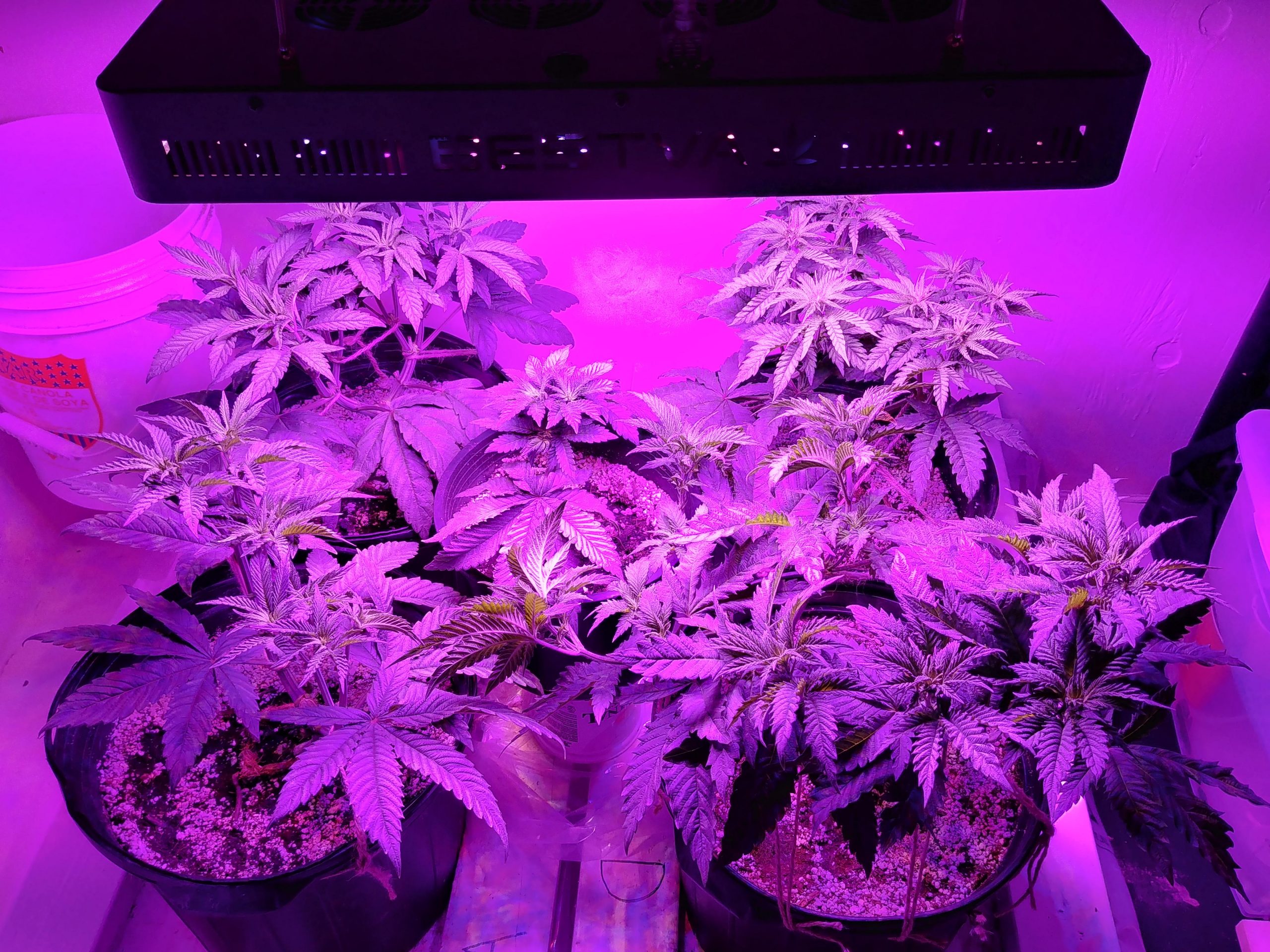We have already discussed how important it is to give optimum light to plants. Its excess and scarcity can lead to unfavorable conditions. There are three things that you need to keep in mind to give optimum light to your plants. Those three important factors are,
- Light Spectrum
- Light Intensity
- Light Amount
They are factors that determine whether the light provided to your plants is perfect or not. Whether you want to control the light or evaluate it, you need to consider these factors. Let’s have a look at them.
1) Light Spectrum
The sunlight contains various electromagnetic radiations, including the complete visible spectrum (colors of the rainbow), Ultraviolet (UV), and Infrared (IR). Thus, the sunlight has a complete spectrum of radiations. The grow lights that we use for growing plants mimic the sunlight. They provide electromagnetic radiations and the desired spectrum to the plants so that they can carry out photosynthesis. Different types of indoor plants and growth stages require a different spectrum of light. For instance, red light bulbs are suitable for flowering and the formation of new buds. You need to fulfill the requirements to get optimum results.
Modern LED grow lights for indoor plants offer various spectrums. You can select the desired spectrum according to the growth stage and plants. Aokairuisi team is professional in producing these grow lights.
2) Light Intensity (how strong the light is)
Another important thing is the intensity of the light.You can consider it as the brightness level that falls on the plants.We know that if the intensity of the light is too much, it will burn the leaves. In the case of low intensity, there will be other issues, and you won’t get the desired results. The intensity depends on the distance between the light fixture and house plants. If the light is far, the intensity will be low, and if it is near, the intensity will be high. It also depends on the type of indoor plants you have. For instance, the plants that grow in forests do not need a high intensity. On the other hand, flowering plants and vegetable plants require high intensity.
Thus, you need to adjust the intensity according to the indoor plants.Moreover, intensity is also given according to the growth stage of indoor plants. If you have just sowed the seeds, then it requires high intensity. In simple lights you can change the distance or number of lights to control the intensity.But in modern indoor grow lights for plants, there is usually a controller you can use to control the brightness of the LED. For instance, aokairuisi grow lights have a knob to control the intensity.
3) Light Amount (how many hours)
You cannot leave your plants under light all day. They also need to take some rest. Plants need light for a specific duration. According to the amount of light, indoor plants can be classified into three types.
- Short-day Plants: Plants that need light less than 12 hours per day.
- Long-day Plants: Plants that need light for 14 to 18 hours per day.
- Day-neutral Plants: Plants that need light for 8 to 12 hours per day.
You need to know how many hours your indoor plants need light. Then, you need to provide lighting according to that. The duration of light also depends on the growth stage of plants.

